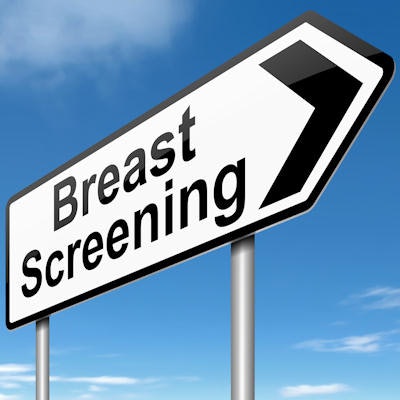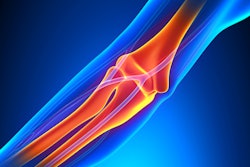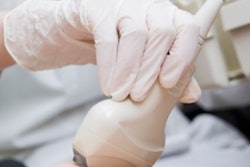
Adding elastography and color Doppler to B-mode ultrasound can significantly decrease the number of false positives when screening women with dense breasts, avoiding as many as two-thirds of unnecessary biopsies, according to research published online June 21 in Radiology.
In a prospective multicenter study, researchers found that combining elastography and color Doppler ultrasound with B-mode ultrasound more than doubled the modality's positive predictive value (PPV) in women with dense breasts. What's more, more than two-thirds of unnecessary biopsies could be avoided without sacrificing any sensitivity, according to senior author Dr. Woo Kyung Moon of Seoul National University Hospital.
 Dr. Woo Kyung Moon of Seoul National University Hospital.
Dr. Woo Kyung Moon of Seoul National University Hospital.The group also concluded that BI-RADS category 3 and 4A masses that are negative for cancer on both elastography and color Doppler ultrasound could be downgraded to BI-RADS category 2 and recommended for routine screening.
"Elastography and color Doppler ultrasound are useful for the evaluation of breast masses detected at screening ultrasound in women with dense breasts," Moon told AuntMinnie.com. "Reducing the false-positive findings at screening ultrasound by the combined use of elastography and color Doppler ultrasound may facilitate implementation of screening ultrasound for women with dense breasts."
PPV shortcomings
Performed as an adjunct to mammography, screening ultrasound can increase the sensitivity and detection rate of early cancers while also reducing the number of interval cancers in women with dense breasts. However, the modality suffers from low positive predictive value, with a substantial number of false-positive findings that cause unnecessary biopsies or short-interval follow-ups. Ultrasound's diagnostic accuracy can be improved by incorporating elasticity and vascularity information from a breast mass along with the morphological assessment of B-mode ultrasound, Moon said.
The researchers sought to test their hypothesis that diagnostic accuracy and PPV of screening ultrasound in dense breasts could be improved with the addition of elastography and color Doppler ultrasound. In the prospective, multicenter study conducted at 10 academic breast centers between November 2013 and December 2014, they recruited asymptomatic women with dense breasts who were referred for screening ultrasound. Eligible women had a newly found breast mass on conventional B-mode ultrasound screening; they then received elastography and color Doppler ultrasound.
All ultrasound examinations were performed by one of 20 breast radiologists with two to 25 years of experience with breast ultrasound and color Doppler ultrasound, as well as two to five years of experience with elastography. The bilateral whole-breast screening ultrasound studies were performed using an Aixplorer system (SuperSonic Imagine) with a 15-4 MHz linear transducer or an EUB or Hi Vision ultrasound scanner (Hitachi) with a 14-6 MHz linear transducer.
Over the course of the study, 1,021 breast masses with a mean size of 1 cm (range, 0.3-3 cm) were found in 1,021 women. Of these masses, 68 were malignant, and 58 were invasive cancers: There were 12 ductal carcinomas in situ, 47 invasive ductal carcinomas, five invasive lobular carcinomas, two mixed invasive ductal and lobular carcinomas, one mucinous carcinoma, and one adenoid cystic carcinoma.
Better performance
Adding elastography and color Doppler significantly improved the performance of the screening ultrasound exam.
| B-mode ultrasound with elastography, color Doppler for breast imaging | ||
| B-mode ultrasound alone | B-mode ultrasound + elastography and color Doppler ultrasound | |
| Area under the curve | 0.87 | 0.96 |
| Specificity | 27% | 76.4% |
| Positive predictive value | 8.9% | 23.2% |
The differences were all statistically significant (p < 0.001). Sensitivity was not affected by the addition of elastography and color Doppler.
What's more, the use of elastography and color Doppler ultrasound could have avoided 471 (67.1%) of 696 unnecessary biopsies for nonmalignant lesions, according to the researchers.
"BI-RADS category 3 and 4A masses that showed results negative for cancer at both elastography and color Doppler ultrasound can be downgraded to BI-RADS category 2 and recommended for routine screening," Moon said.
The researchers found variability in the improvement of diagnostic performance among the 10 academic breast centers, Moon noted. In the next phase of research, the team wants to "focus more on the education and training issues related to the combined use of elastography and color Doppler ultrasound with B-mode ultrasound," he said.




















